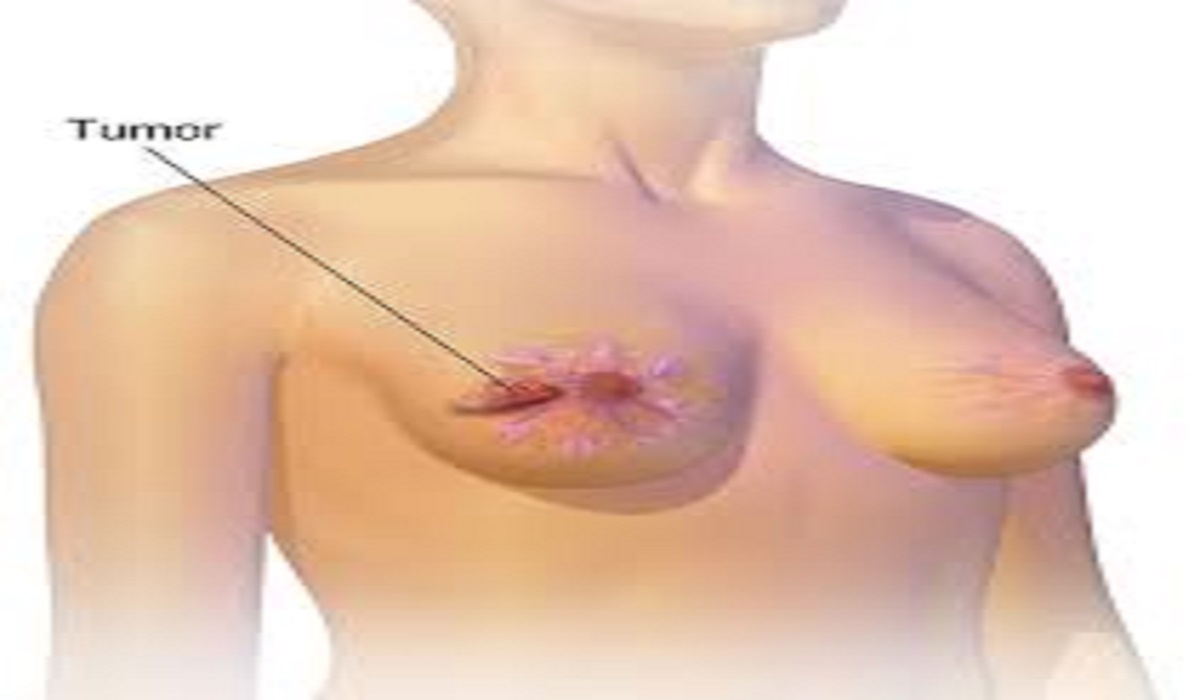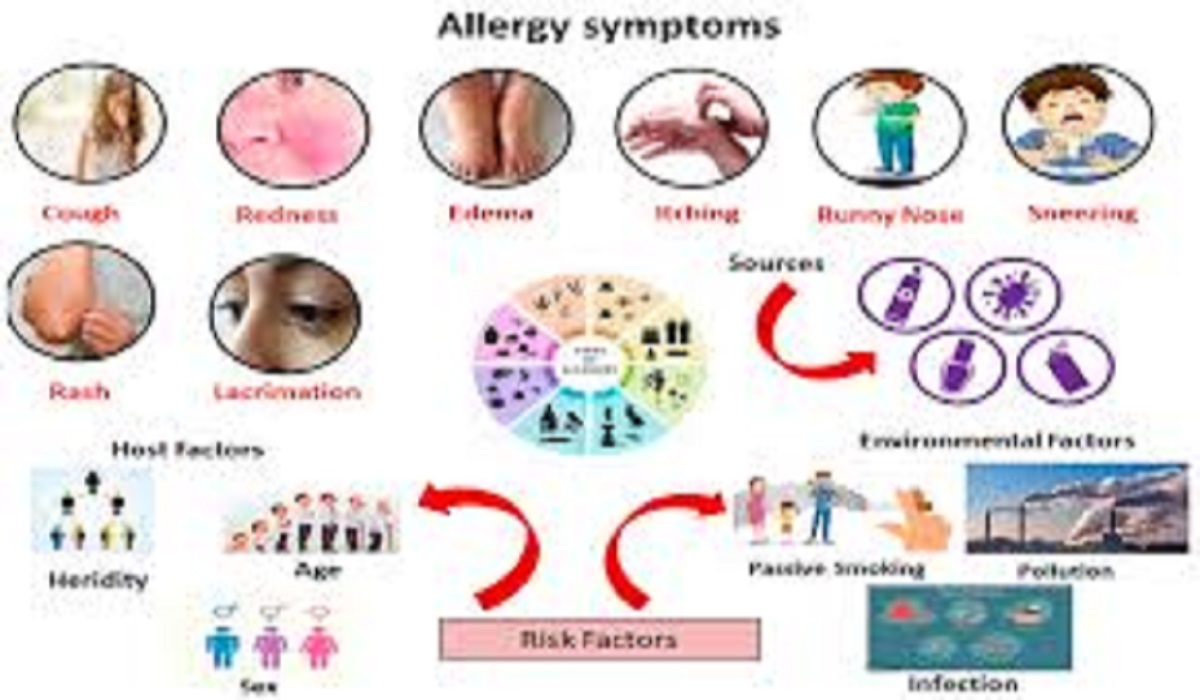Breast Cancer: Symptoms and Examples
Breast Cancer: Symptoms and Examples: Breast cancer remains one of the most prevalent cancers affecting women worldwide. With advancements in medical research and early detection methods, understanding the symptoms, risk factors, and treatment options is crucial. In this comprehensive guide, we will explore the latest updates on breast cancer in 2025, including symptoms, examples, diagnosis, prevention, and FAQs.
Introduction to Breast Cancer
Breast cancer develops when abnormal cells in the breast grow uncontrollably, forming a tumor. It can affect both men and women, though it is far more common in women. Early detection and treatment significantly improve survival rates.
Why Awareness Matters
- Breast cancer is the second leading cause of cancer death in women.
- 1 in 8 women will develop breast cancer in their lifetime.
- Advances in precision medicine and immunotherapy are improving outcomes.
Types of Breast Cancer
Breast cancer is classified based on where it originates and whether it has spread.
1. Ductal Carcinoma In Situ (DCIS)
- Non-invasive, early-stage cancer confined to milk ducts.
- Highly treatable with surgery and radiation.
2. Invasive Ductal Carcinoma (IDC)
- Most common type (80% of cases).
- Starts in milk ducts but invades surrounding tissue.
3. Invasive Lobular Carcinoma (ILC)
- Begins in milk-producing lobules.
- Can spread to lymph nodes and other organs.
4. Triple-Negative Breast Cancer (TNBC)
- Aggressive and harder to treat due to lack of hormone receptors.
- More common in younger women and Black women.
5. HER2-Positive Breast Cancer
- Caused by an overexpression of HER2 protein.
- Treated with targeted therapies like Herceptin.
Common Symptoms of Breast Cancer
Recognizing early signs can lead to prompt diagnosis and better outcomes.
1. Lump in the Breast or Armpit
- Hard, painless lump (though some may be tender).
- Detected through self-exams or mammograms.
2. Changes in Breast Shape or Size
- Swelling, dimpling, or asymmetry.
- Peau d’orange (skin resembling an orange peel).
3. Nipple Changes
- Inversion, discharge (bloody or clear), or scaling.
4. Breast Pain or Tenderness
- Persistent discomfort unrelated to menstrual cycles.
5. Skin Redness or Irritation
- May resemble an infection (inflammatory breast cancer).
Less Common Symptoms
Some signs are easily overlooked but warrant medical attention.
- Unexplained weight loss
- Bone pain (if cancer has metastasized)
- Swollen lymph nodes near the collarbone
Examples of Breast Cancer Cases
Case Study 1: Early Detection Saves Lives
- Patient: 45-year-old woman with a family history.
- Symptoms: Found a small lump during a self-exam.
- Outcome: Diagnosed with Stage I IDC, treated with lumpectomy + radiation.
Case Study 2: Aggressive Triple-Negative Breast Cancer
- Patient: 32-year-old with no family history.
- Symptoms: Rapidly growing mass, skin redness.
- Outcome: Chemotherapy + immunotherapy, now in remission.
Risk Factors for Breast Cancer
Non-Modifiable Risks
- Gender (female)
- Age (risk increases after 50)
- Family history & BRCA gene mutations
Modifiable Risks
- Obesity
- Alcohol consumption
- Hormone replacement therapy (HRT)
Diagnosis and Screening Methods
1. Mammography
- Gold standard for early detection.
- 3D mammograms improve accuracy.
2. Ultrasound & MRI
- Used for dense breast tissue.
3. Biopsy
- Confirms cancer type and stage.
Latest Treatment Options (2025)
1. Immunotherapy
- Keytruda for advanced TNBC.
2. Targeted Therapies
- PARP inhibitors for BRCA mutations.
3. Personalized Medicine
- Genomic testing to tailor treatments.
Prevention and Early Detection
- Monthly self-exams
- Annual mammograms after 40
- Healthy diet & exercise
Living with Breast Cancer
- Support groups
- Mental health care
- Follow-up care
FAQs About Breast Cancer
1. What are the first signs of breast cancer?
The earliest signs include a new lump, nipple changes, or skin dimpling.
2. Can men get breast cancer?
Yes, though rare (about 1% of cases).
3. How often should I get a mammogram?
Women over 40 should get annual mammograms, or earlier if high-risk.
4. Is breast cancer hereditary?
About 5-10% of cases are linked to inherited gene mutations like BRCA.
5. What’s the survival rate for breast cancer?
The 5-year survival rate is 90% when detected early.
Conclusion
Breast cancer awareness and early detection save lives. Stay informed, perform regular self-checks, and consult a doctor if you notice any changes. For more health updates, visit HealthZipp.com.




